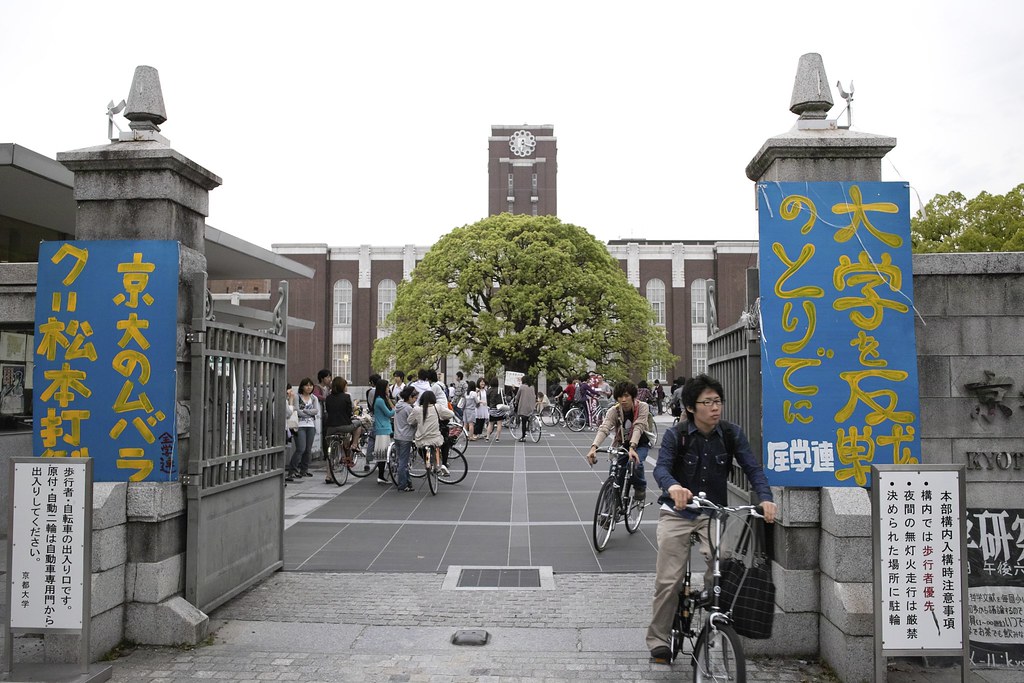Kyoto University says:
In the Nihon Shoki, which was completed during the Nara period, there are a total of 33 descriptions of emperors and other people of the time who may have had congenital abnormalities, and a research group at Kyoto University says in a paper that they can be roughly divided into five types. Summarized and announced. There are very few studies of ancient history from a medical perspective, and Sayaka Higashijima, special assistant professor at Kyoto University’s Hakubi Center, says, “The Shoki is an ancient medical record.In the future, we will also include historical books from China and the Korean Peninsula as research subjects. “I would like to work on elucidating the reality of birth defects in ancient East Asia.”

Congenital abnormalities are physical or functional abnormalities that are present at birth, and there are multiple causes, including chromosomes, genes, and the environment. According to the World Health Organization (WHO), about 6% of newborns have some kind of birth defect.
Higashijima and Professor Shigeto Yamada of the Kyoto University
Higashijima and Professor Shigeto Yamada of the Kyoto University Graduate School of Medicine read the Shoki, extracted and analyzed unique descriptions of physical and functional characteristics of emperors from Jimmu, who is said to be the first emperor, to the 41st Emperor Jito. , tried to diagnose. Although there are problems with the authenticity of some older accounts, there are 10 cases of height abnormalities, 6 cases of excessive tissue or organ formation, 6 cases of language or behavioral abnormalities, and unusual facial or body appearance. The cases were classified into 5 types: 6 cases with characteristics and 3 cases with pigment abnormalities. There were also two other cases.
For example, the son of the 12th Emperor Keiko, Yamato Takeru no Mikoto, and his son, the 14th Emperor Chuai, are described as being about 3 meters tall. It is recorded in the “Kojiki” that Emperor Keiko was also tall, and Higashijima et al. “Although the numbers are exaggerated, it is realistic to think that the height of three generations of parents and descendants is a genetic trait.”Emperor Chuai. Given his tall stature and sudden death, there is a possibility that he had Marfan syndrome, a genetic disease.”
Emperor Ojin birth
At birth, Emperor Ojin (the 15th generation) had a lump of flesh on his forearm. Because he lived a long life, the doctor said, “It is likely that the cause was lymphatic malformation rather than malignancy.”
The 30-year-old prince of the 11th Emperor Suinin was said to be “unable to speak” and “cries like a baby all the time,” leading to speculation that he may have a speech impediment. Taking into consideration the fact that he was obsessed with playing with swans and was eventually able to speak, Higashijima and his colleagues determined that there was a high possibility that he had autism.
The 21st Emperor Yuryaku and the 25th Emperor Buretsu were easily enraged and exhibited behavioral abnormalities in which they committed murder, and Emperor Yuryaku was said to have suffered from intermittent explosive disorder, a type of impulsivity based solely on descriptions. I saw it as a possibility. While it is possible to decipher the existence of genetic influences on his grandson, Emperor Buretsu, in order to emphasize the legitimacy of Emperor Keitai, who ascended the throne next, the Shoki contradicts conventional historical research that depicts Emperor Buretsu as a tyrant. I also touched on it.
Droopy Noses
Local people who resisted the imperial court were described as having “droopy noses,” “pointy faces,” and “hairy people.” However, Higashijima and his colleagues concluded, “It is not related to congenital abnormalities. It stems from people’s feelings of formidability and contempt.”
It was written that the 22nd Emperor Seinei was “born with gray hair,” pointing out the possibility of albinism, which is caused by a decline in melanin pigment biosynthesis.
Higashijima is a “tail researcher” who majored in zooarchaeology at Nara Women’s University, then switched to science and studied anthropology and anatomy at Kyoto University Graduate School. Her current research started because she remembered an account in the Shoki that “Emperor Jimmu met two humans with tails.” After about two and a half years of research, they came to believe that their tails were “rather than representing some kind of congenital abnormality, they were a metaphor for other facts, such as a symbol of power.” [Kento Hayakawa]
Must Read: Garage Door Materials: Which One Is the Best for You?





